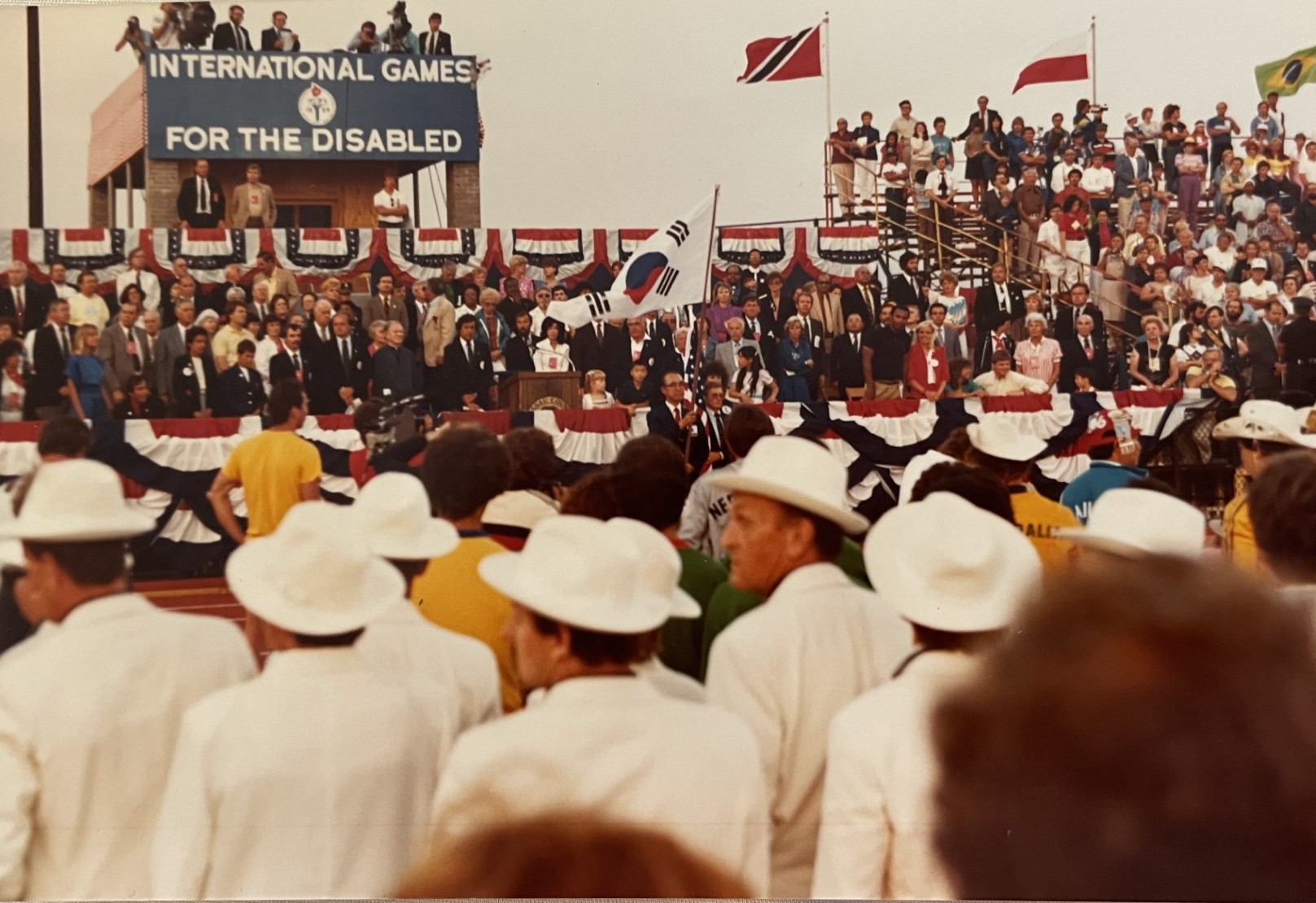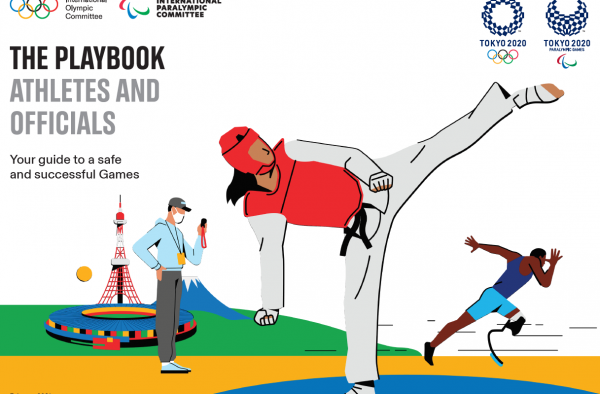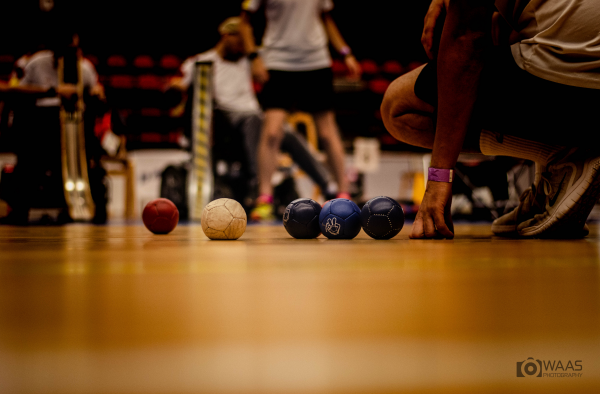The Paris 2024 Paralympic Games will be the 11th occasion boccia has appeared at the Games and represents the 40th anniversary of its first inclusion in 1984. In celebration of that landmark, World Boccia is examining the roots of that Paralympic legacy in a two-part series. Part one featured Danish athlete, Henrik Woffinden.
Part two features Canadian coach Kim Morgan.
Things were very different back in 1984, when boccia made its debut at the Paralympic Games in New York – not least the balls.
For Kim Morgan, a coach with the Canada squad, the balls sometimes took on a life of their own, literally.
“Back then, the balls were filled with bird seed and sometimes if you left them in the back of your car, they would actually start sprouting,” she recalls.
“Nowadays, the balls are filled with polyurethane beads, so that’s one less thing to worry about.”
Forty years ago, Morgan was a recreational therapist who had begun coaching disabled athletes in Ontario in track and field. From there she was asked to get involved in a new sport – boccia.
“It was a fairly new sport and it needed adapting and improving. The balls back then were rather like shot puts. They would just drop and not move very much.”
But the issues around equipment that would later be standardized and modified within the modern sport we know today, did nothing to dampen the competitiveness and rivalries among those early Paralympians.
The Games may have been a fairly short hop from Canada, but the squad were still adventurers, boccia buccaneers.
Many of the Canadian squad who gathered at Windsor University in order to catch a flight from nearby Detroit to New York, had never flown before, less still competed at a Paralympic Games.
It was a testing day for the squad in more ways than one. Not only did they depart at 6am, but when the Canadians arrived in New York and went to the venue, they discovered some locals were not quite ready for athletes with cerebral palsy.
“A lot of people thought we had learning disabilities and we weren’t treated particularly well,” recalls Morgan.
“But we persisted because we were there to compete and we weren’t going to let anything get in our way.”
The challenges continued, though. The athlete accommodation was within a New York student block and the Canada boccia squad had been allocated rooms on the 12th floor.
No sooner had they managed to get up there, than the fire alarm started and Morgan, her fellow coaches and athletes, were all instructed to use the stairs to go back down.
“There were blind athletes in that block and they were very scared with what was going on. We eventually had the all-clear before everyone had got down, but it certainly left all the athletes feeling rattled.”
The competitors at their first Games eventually finished their first day at 11pm, but it wasn’t just the players’ stamina which was tested.
When competition began, the rules of 40 years ago did not specify time limits on throwing. That was fine for athletes who liked to weigh up all their options, perhaps a few times over, but less comfortable for assistants like Morgan, sat with their back to the action.
“It made for long, arduous matches. Then, we were playing again the next day. Those must have been the longest games of boccia I was ever involved with and it’s no wonder the rules were changed and time limits came in.”
There are some other notable differences between 2024 and 1984, too. The ramps of today, high-tech and precision engineered, were then just pieces of half pipe, shaped by enthusiastic assistants.
“We used to use plastic tubing, heat it so that there was a gentle curve at the bottom, then I would simply elevate the end of it to the height the athlete wanted,” adds Morgan.
Canada had worked hard to make it to the Games, and their squad’s dedication and ingenuity was eventually rewarded. They won two silver medals and a bronze out of the 15 medals that were up for grabs.
Russell Cecchini finished runner-up in the men’s individual C1 competition and Gord Hamilton took silver in the men’s individual C2.
The bronze came in the mixed team event with the Canadian trio of Nancy Anderson, Craig Clifton and Candy Demarois finishing behind winners Portugal and Great Britain.
With three medals safely stowed, the squad members did what any Canadian does after completing their business in New York – they hit Long Island, Broadway and Central Park.
“It was quite an experience,” recalls Morgan, who went on to become a boccia referee. “A lot of our athletes had never really been out of their own neighbourhoods before.”
From coach to assistant to referee, Morgan is now back working mostly in athlete development around Hamilton, Ontario, helping promote the sport to new players – old and young, disabled and non-disabled.
“I believe boccia is truly a sport for all and I love to be able to involve seniors and young kids. If parents are in attendance with kids, I’ll get the parents to play with their wrong hand, so they get an idea of what this sport takes for some people.
“It looks easy, but it’s not. Then, when you consider what players with cerebral palsy have to control, throwing in a specific way because they often have a spasm, it just makes you realise what an incredible sport this is.”
Incredible – and enduring. Forty years and counting.



